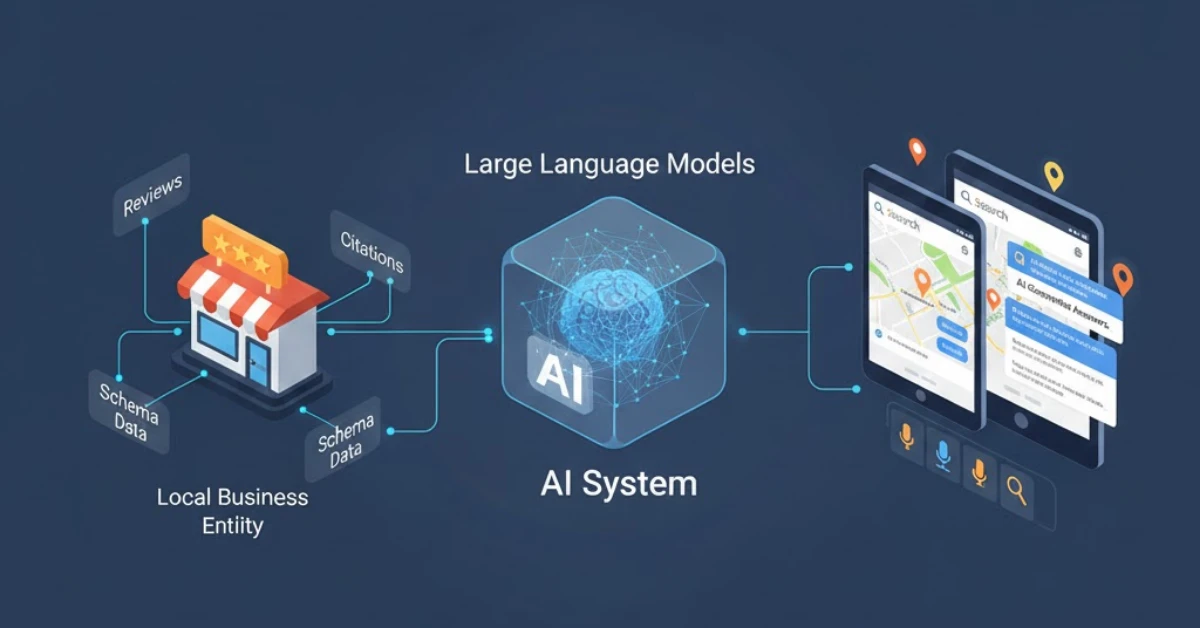Subscribe Now
Popular Feeds
6 Jan 2026

B2B Keyword Research with Right Tool
5 Jan 2026

LLM Local SEO: Evolving Best Practices
3 Jan 2026
Loading
MATSEOTOOLS brings everything you need in one place — from AI tools List, color Library, SEO analyzers, image processing, conversion utilities, text tools, and developer tools to ready-to-use AI prompts & informative blogs.
Free Binary to Hexadecimal Converter. Instantly convert binary values into hex format for easy coding and digital work.
Loading tool...
Working with different number systems is common in computing and programming. Our Binary to Hex Converter is the essential online tool you need for quick and accurate conversions.
This free converter simplifies the process of changing binary numbers (base 2) into their hexadecimal (base 16) equivalents.
Binary numbers consist only of 0s and 1s. Hexadecimal, or "Hex," uses 16 symbols: 0-9 and A-F (representing 10-15). A key relationship in computing is that every four binary digits (bits) directly translate into one hexadecimal digit.
This conversion is vital for tasks like reading memory dumps, setting color codes, or debugging low-level code. Manual conversion can be slow and prone to error, which is why an instant conversion tool is so valuable.
Using our online converter is simple and efficient. Follow these straightforward steps to get your hexadecimal result:
For example, if you input the binary sequence 110110111011, the tool groups it as 1101 1011 1011, resulting in the hexadecimal output DBB. This method, taught in computer science, is what makes the binary to hex converter so reliable.
Why choose an online utility for this task? Speed, accuracy, and ease of use are the primary reasons.
When performing the conversion manually, remember to pad the leftmost binary digits with zeros if your total bits aren't a multiple of four. For example, 1101101101 becomes 0011 0110 1101, which converts to 36D. Our tool handles this grouping for you, ensuring a seamless experience when you need to how to convert quickly.
Stop wrestling with manual conversions and experience the efficiency of our Binary to Hex Converter. Try the tool now to get precise, instant hexadecimal values for all your programming and technical needs\!
Quickly browse through various color code models — click below to view and copy swatch-ready color codes instantly.
MATSEOTOOLS brings everything you need in one place — from AI tools List, color Library, SEO analyzers, image processing, conversion utilities, text tools, and developer tools to ready-to-use AI prompts & infomative blogs. Save time, boost creativity, and get work done faster than ever.

Fast, lightweight, and delightful utilities for everyday work.
Explore curated prompts that help you think less and create more — faster, smarter, and effortlessly. Discover ideas instantly, stay focused on what matters, and let creativity flow without the guesswork.
 News & Blog
News & Blog